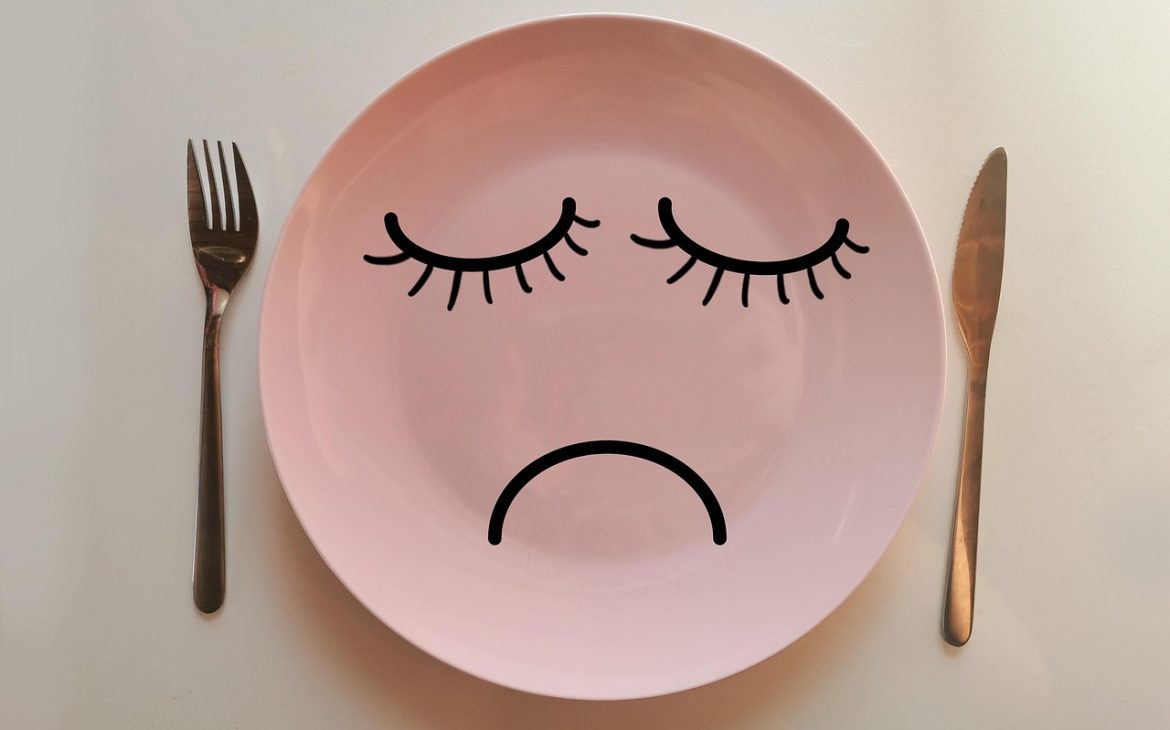I’ve known about my cancer since Valentines Day in 2014. That’s more than eleven years! All told, it’s been a bit of wild ride with plenty of ups and downs. And, sure, things look a bit bleak at present, but I’ve been here before. In fact, looking back, I’ve identified a number of times I should already have died.
However, the reason I want to write this post isn’t to be maudlin. Far from it…
And I won’t be talking about the surprising number of times I should already have died as a younger, more stupid, man. Quite often as a result of poor decision-making on moors and mountains…
Honestly, if I’m an average male, I’m surprised any of us make it to the sobering point of parenthood. It’s no wonder that women live longer than men!
Anyway, a couple of posts ago I talked at some length about how I feel that my current recurrence could have been caught earlier. In this post I want to talk about the times that my cancer didn’t kill me, over the years, even when it seems like it really should have.
That Time My Bowel Ruptured
The deep and distant past of early 2014, really seems like a different World:
- The UK was still part of the EU
- Donald Trump had yet to be elected president of the USA, even once
- Russia had barely even invaded Crimea
- We still had troops in Afghanistan
And I had been diagnosed with Stage 4b bowel cancer…
Jump forward to the end of Summer 2014, and I had already done my first three months of chemotherapy and had a liver resection, to get rid of the metastases there. Said liver resection had been done on September 9th, with the bowel surgery scheduled for just 15 days later, on the 24th. To this day, I’ve never understood why the primary tumour in my bowel wasn’t operated on first, but there you are…

So, anyway, come the night of the 18th, I’m in the ambulance on my way to hospital with a temperature of 39.7°C (103.5°F). I was shaking uncontrollably from something called Rigors. In the moment, however, all I was concerned about was being made well enough to have my surgery on the 24th.
Which, by then, was a mere six days hence…
And, I was right to be concerned because, naturally, the surgery was cancelled in a heartbeat. My discharge summary from my Rigors visit to hospital read:
Sepsis from intrahepatic collections following liver resection (for metastases).
Look, the complications from the surgery went on for a while. If you want to read about them in detail, please click here.
For everyone else, you just need to know the following:
- I didn’t get the surgery on my bowel until 28th October 2014
- This was around 3 months after I finished my 3-month course of Oxaliplatin and Capecitabine chemotherapy
- A course of chemotherapy which, it is important to note, had not shrunk my tumours… It had barely stopped them getting bigger…
So it might not be much of a surprise that, after I finally had the the bowel surgery, the subsequent report included the following:
At the time of surgery, the situation was complicated somewhat, as it was evident that the tumour had perforated and formed an abscess into the pelvis involving the bladder, the right pelvic side wall and right part of the rectum. In the presence of obstruction, infection and perforated tumour, I elected to bring out an end colostomy
The perforation in question happened 10 to 14 days before the surgery. I know this because I felt it go. Or, rather, I noticed when the pain, which had been clamped across my abdomen, eased. By this stage, despite the amount of Laxido I was taking, I was spending a lot of time on the toilet with little reward…
So I stopped eating!

It seemed like the sensible thing to do, in the circumstances. To be fair, I was still in a lot of discomfort, so eating wasn’t high on my priorities. And to be fairer still, I didn’t completely stop eating. I know I had some things now and then, but I was a very long way from three square meals a day.
To summarise what happened: the primary tumour had grown to a size that it completely obstructed the bowel, meaning that nothing could pass. Then, when the pressure built to a certain point, the bowel ruptured at the weakest point, which is to say, the site of the tumour…
Then all the built-up waste moved into my abdominal cavity, along with anything I consumed after that point.
After which, this bacteria-ridden filth set in my abdomen for the 10 to 14 days it took to get to the surgery.
But I didn’t die of sepsis, despite the ‘infection’ mentioned in the above-quoted surgical report.
And I didn’t die of peritonitis.
The surgeon tried to explain why I was still alive… I was told that the abscess of mess had formed some sort of ‘capsule’ and hadn’t spread out like you’d expect.
Basically, though, it is clear that I should already have died on or around 28th September 2014.
When I Didn’t Develop Peritoneal Cancer
You might notice at the end of the surgical report I referenced, above, there is mention of an ‘end colostomy’. This is because I ended up with a colostomy bag as a result of the surgery. When I asked the surgeon how long I would need to keep it, I was told that it could go after around six months…
It wasn’t actually removed until two and a half years later.
In the same meeting where the surgeon told me that this ‘capsule’ had stopped the mess spreading too much, he also mentioned a type of surgery which could completely remove the peritoneum. He explained that, while they don’t do the Peritonectomy surgery (cytoreductive or debulking surgery) at Musgrove Park Hospital, he knew someone in London who would do it. Having this surgery, I was told, was very hard and really quite dangerous and, even then, patient prognosis was expected to be about three years.

And while all that was fascinating information, it really came over as a non sequitur. There was no specific build-up to the statement, nor was there any subsequent additional reference to it. Over the years, I’ve joined the dots and read between the lines to put together what the surgeon didn’t say, which was:
- Your bowel ruptured at the point of your tumour, meaning that lots of bits of cancer have been jettisoned into your abdominal cavity.
- Although we’ve done our best to clean all of this up, it’s inevitable that some of these bits of cancer are going to settle on your peritoneum.
- When that happens, you’ll develop peritoneal cancer.
- Peritoneal cancer is bad!
- Which means you’ll need your peritoneum removed…
- Oh, and I won’t be removing your colostomy bag before all this happens
Except that it didn’t happen.
I mean, I definitely had an element of peritonitis, because serum was running through my scar for weeks after the bowel surgery. And I mean that literally. The serum run-off was so extensive that it formed channels through the scar tissue.
When I was sitting down, I had to keep a towel under the scar to collect it all up…
If I was going anywhere, I would first apply pressure above the scar to force the serum out. Basically drain the worst of it so it didn’t soak into the top of my trousers.
It was a very strange time.
It also left some really ugly scars, when it eventually all healed up properly. Thankfully, the surgeon cut out those scars when he finally reversed the colostomy.
In my post explaining why I can’t have surgery, I explained in detail that damage to tumours during surgery always results in tumour debris. Even highlighting that cellulose debris from this very surgery was found on my liver, some years later.
Yet no cancer debris found its way to my peritoneum.
The surgeon clearly thought that it would…

Meaning I should already have died from peritoneal cancer, some time before 2020.
When the Chemotherapy Works Oh, So Much Better Than Expected
After my second recurrence, in early 2016, I was moved on to palliative care. This is to say, before my meeting with the oncologist in early January 2016, I was being treated with the expectation that I would be cured of my cancer. After said meeting, I was still being treated as curative but with the expectation that the cancer would be back soon.
Not much ends a festive feeling as quickly as hearing that, I can tell you…
I had been expecting to talk about start dates for chemotherapy. Instead I was told that there was no point doing chemotherapy because it had proved ineffective last time and the only other type of chemo was reserved for patients on palliative care. And I had not crossed that line, yet.
But it only took about six weeks to get there. Because, during my next meeting on the 24th February I was told that I had new metastases in my liver. Oh, and one in my lung as well. And, just like that, surgery was off the table…
I mean, a body can only have so many surgeries in a lifetime anyway. Because, over time, everything gets gummed up with scar tissue and serum residue. This means that surgeries can’t be handed out willy-nilly. After all, there are only so many surgical slots in any given hospital, in any given time period…
And developing multi-organ metastases, just three months after your last resection surgery, is going to be a red flag in any oncologist’s book.
Just to be clear, this development had no impact on the quality of my treatment. Or, indeed, the quantity, if it came to it. No, I was still going to be looked after by an array of experts and professionals, it was just that the treatments I would be given were designed to extend my life, rather than make me better.
As such, I’d next be starting the palliative chemotherapy treatment of FOLFIRI and Cetuximab. I would be given as much of this medication as my body could cope with, with breaks, as needed, to give me time to recover.
The oncologist told me that my prognosis was two to three years. I joked that I couldn’t possibly die in 2017, because it was an odd number. This was actually recorded in the meeting notes as follows:
Paul feels that he really doesn’t want to die in a year with an odd number in it, so his aim is to make it at least to January 2018.

And that gives you a real feel for the expectations of the medical professionals in that moment. I know that this is all in jest, but you can tell that it was also accepted as a reasonable timescale.
Yet the FOLFIRI and Cetuximab washed away my liver tumours.
They never came back!
My lung metastasis did slowly regrow and was removed at a later date.
And, while this chemotherapy did not cure me (clearly!), it did work much better than expected…
Based on my understanding, I should already have died sometime in 2018 from this second recurrence.
Yet here I remain.
Which brings me to the point that I want to make with this post: given all the times I should already have died, for me, getting all these extra years is gravy.
Now, don’t get me wrong, I’m not giving up on anything. There’s a chance that the next chemotherapy will unexpectedly wash my tumours away, just like happened last time.
But if that doesn’t happen…
Well, I should already have died in 2014 anyway. And two more times since.
But I didn’t…
Which means that I got to see my daughters grow up from 10 and 12 to 21 and 23. And I cannot even begin to put into words how much that means to me.

I got to spend 11 more years with my wife: how wonderful is that? And my parents. And my brothers…
None of this extra time had to happen.
I could already have died three different ways. Should have, really.
Instead I got all this.
I’m a lucky man.
